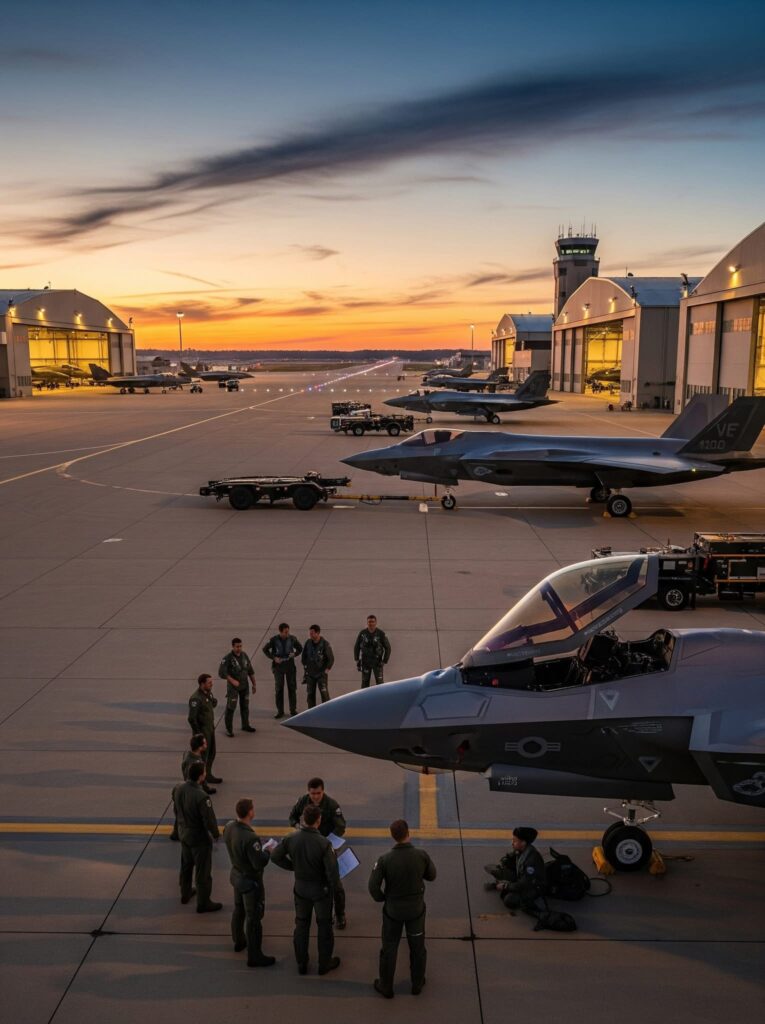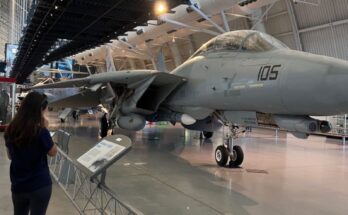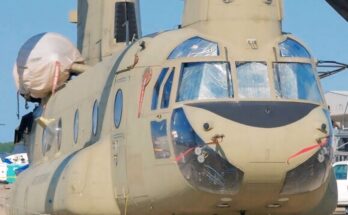
The role of an F-35 Lightning II pilot represents the pinnacle of modern military aviation. The F-35, developed by Lockheed Martin, is a fifth-generation multirole stealth fighter designed to excel in air superiority, ground attack, intelligence gathering, and electronic warfare. Flying such a technologically advanced aircraft requires a unique combination of skill, resilience, and adaptability. The pilot is not only the operator of the jet but also the human element that transforms the machine’s capabilities into decisive combat power.
One of the most striking features of the F-35 is its advanced cockpit. Unlike traditional fighter aircraft filled with numerous switches and gauges, the F-35 cockpit is dominated by a single, large touchscreen display. This system consolidates flight data, sensor information, and weapons systems into an intuitive interface. The pilot also wears the cutting-edge Helmet-Mounted Display System (HMDS), which projects critical information directly onto the visor. With this technology, an F-35 pilot can “see through” the aircraft using external cameras, providing unmatched situational awareness. The helmet essentially turns the pilot’s head into a control center, making decision-making faster and more precise in the chaos of combat.
Training to become an F-35 Lightning II pilot is an intensive process. Candidates must first prove themselves as exceptional aviators, usually with years of experience flying other advanced aircraft such as the F-16 Fighting Falcon, F/A-18 Hornet, or AV-8B Harrier. Once selected for the F-35 program, pilots undergo specialized training in simulators that replicate real-world combat scenarios with remarkable fidelity. These simulators allow them to practice air-to-air engagements, strike missions, and carrier operations (for the F-35C) without the risks of live flight. This blend of virtual and live training ensures that pilots are prepared for the full spectrum of missions the F-35 can perform.
The F-35 pilot must also master the aircraft’s stealth capabilities and electronic warfare systems. Unlike previous generations, where pilots often relied on brute force or numerical advantage, the F-35 is designed to penetrate heavily defended airspace undetected. Pilots use stealth not as a passive feature but as an active tactical tool, allowing them to strike targets before the enemy is even aware of their presence. Managing radar signatures, employing advanced countermeasures, and coordinating with other F-35s in a networked battlespace are crucial responsibilities.
Equally important is the human dimension of being an F-35 pilot. These aviators often operate in high-stress environments, making split-second decisions that can determine the outcome of missions and the survival of their wingmen. Physical endurance is essential, as they must withstand high G-forces during maneuvers. Mental resilience is equally critical, since modern combat involves information overload, where the ability to prioritize threats and opportunities can make the difference between success and failure.
The F-35 Lightning II is not just an aircraft but a force multiplier for allied nations worldwide. Pilots flying this platform are at the forefront of integrating advanced technologies into modern warfare, from joint multinational operations to cyber-supported missions. As the spearhead of fifth-generation airpower, the F-35 pilot embodies a fusion of tradition and innovation—carrying forward the legacy of fighter aviators while adapting to the demands of a rapidly evolving battlefield.
In essence, to be an F-35 Lightning II pilot is to be more than a flyer; it is to be the central decision-maker in one of the most advanced combat systems ever built.


